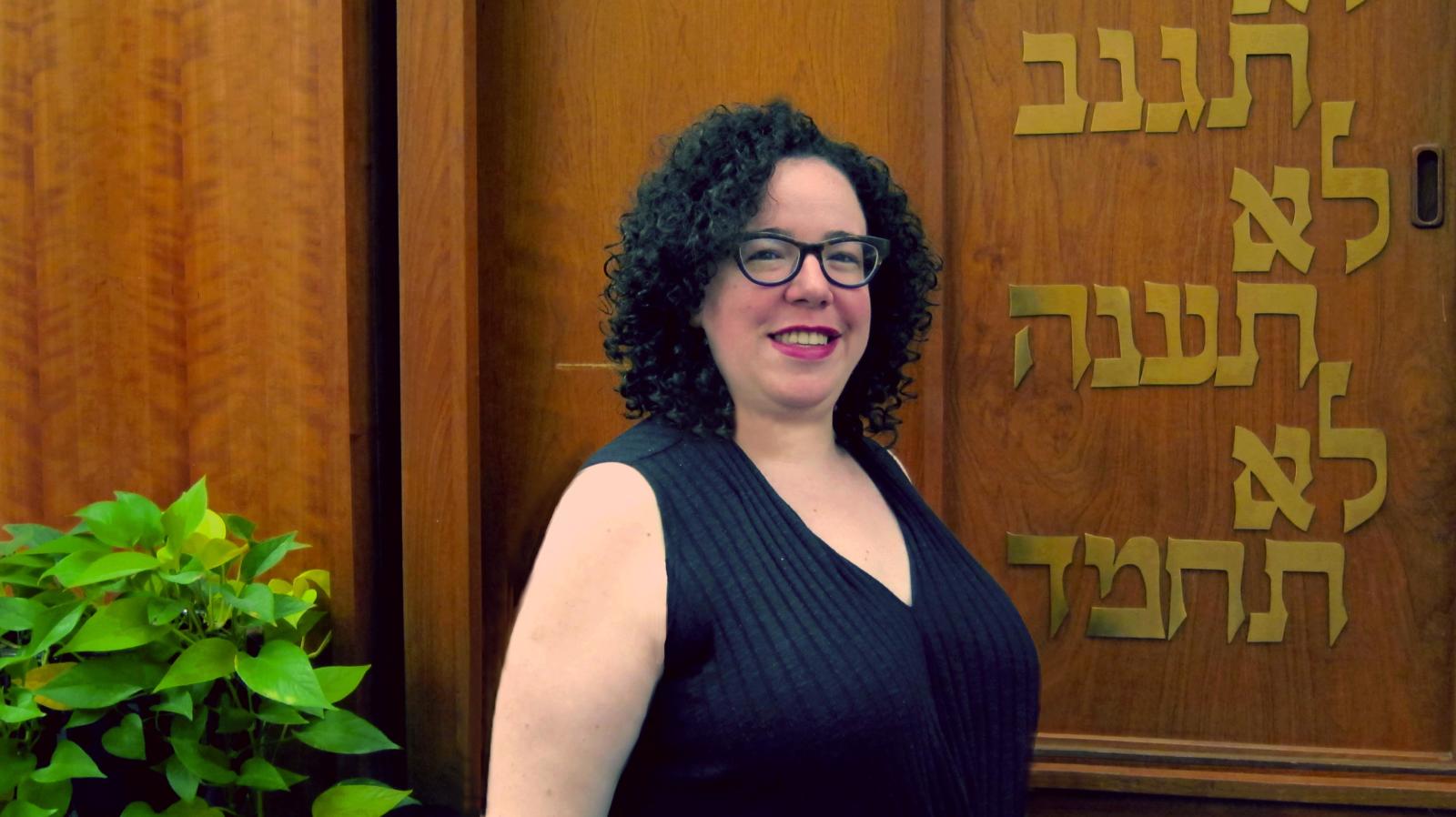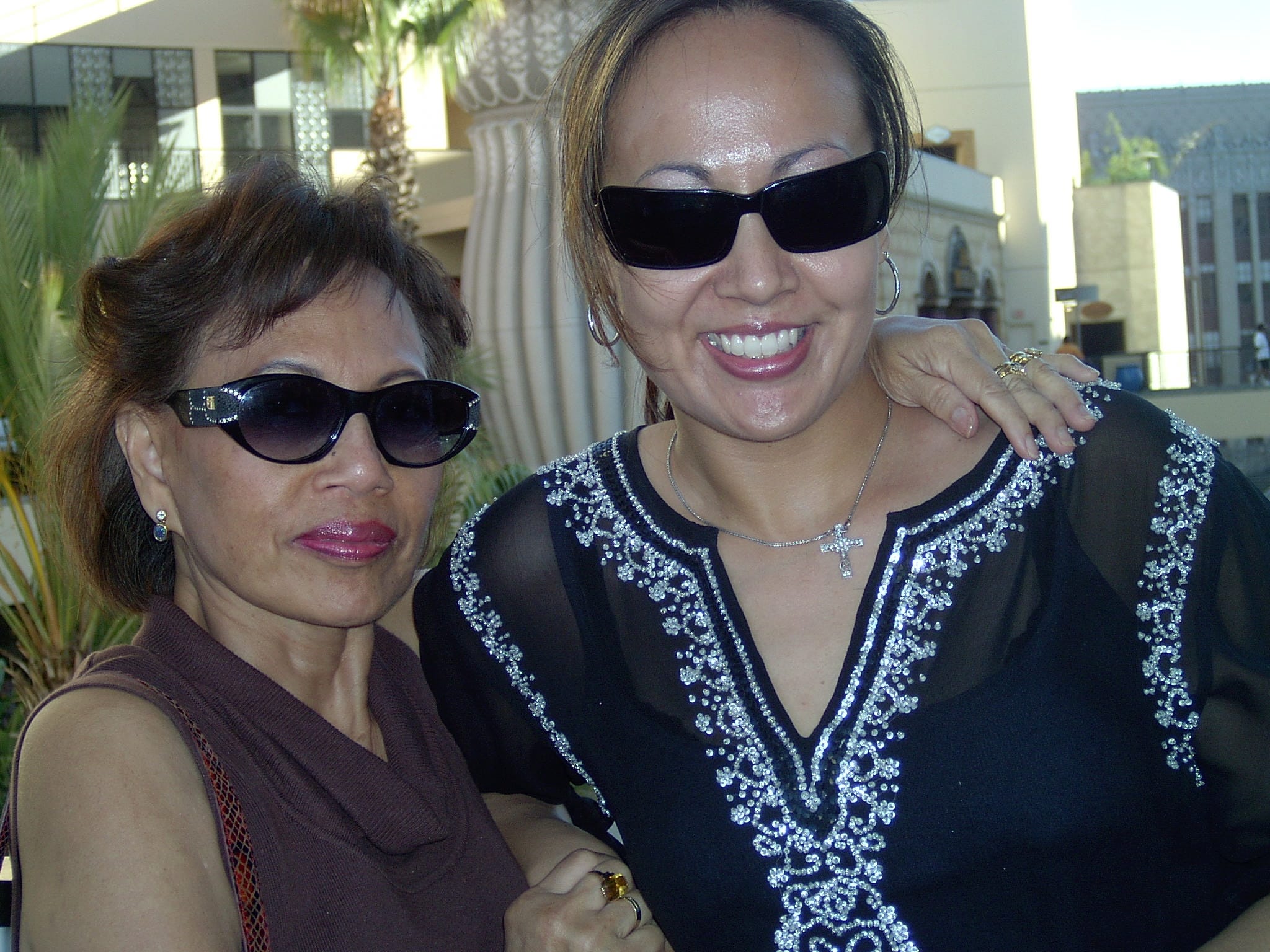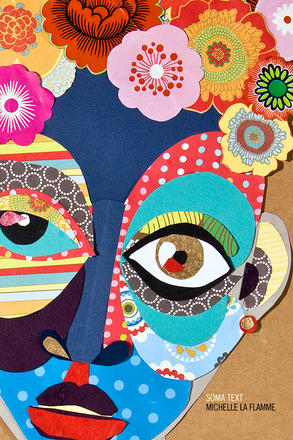Three Things the Jewish Community Can Do Better, According to a Mixed-Race Jewish Professional
My Jewish Learning
2018-05-23
Ruth Abusch-Magder, Education Director and Rabbi-in-Residence
Be’chol Lashon

Tema Smith
Tema Smith’s own experiences as a mixed race person shape her vision as a Jewish professional.
Tema Smith is often mistaken for white, but this mixed-race Jew is proud of both her Bahamian and Ashkenazi roots. She is also one of a growing number of Jews of color who are making careers in the Jewish world. We met up with Smith to learn about her professional life and personal experience and to hear what advice she has for Jewish institutions.
Be’chol Lashon: Tell us about your job.
Smith: I am the Director of Community Engagement at Holy Blossom Temple in Toronto, Canada’s largest Reform congregation. Not only do I ensure that the basics of synagogue life, like becoming a member and connecting with the community, are smooth, but it is also my responsibility to keep the door wide open for prospective members. It also includes creating partnerships in the community and making connections more broadly…
…Be’chol Lashon: Does being mixed-race play into the work you do at Holy Blossom?
Smith: Being mixed-race has always given me a broader perspective on the work I do. I came into this work as someone who had only been an observer, and not as someone who grew up in the Jewish community, which has made me attuned to the experiences of those who are new to the community. As I mentioned before, the fact that we were not part of Toronto’s Jewish community had a lot to do with our family’s racial makeup. This makes me especially aware of the barriers to participation that people face and pushes me to work harder on inclusion, which is what we need to do to ensure the Jewish future as the demographics shift and we become more multicultural and multiracial. I find that my position as both an insider and outsider to Jewish life lets people open up to me. I am upfront about my identity, coming from both an interfaith and an interracial family. Because of that, I’ve noticed that it is not uncommon for people to share information about their lives that they are not sure the synagogue would welcome knowing, like their own faith journey or lack of observance.
Additionally, because I pass as a white Jew, I am able to walk into communal spaces and challenge some of the assumptions of who the Jewish community insiders are. My very existence often breaks down stereotypes of who we imagine to be a committed or engaged Jew…
Read the entire interview here.








